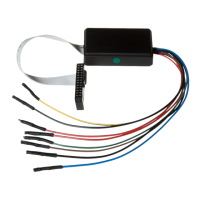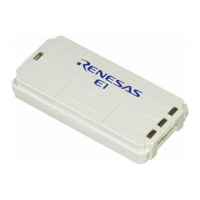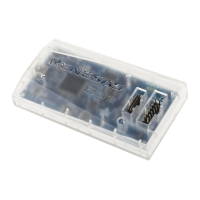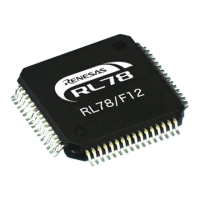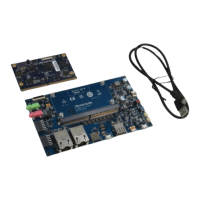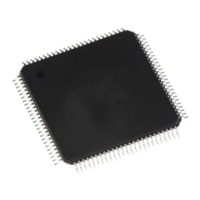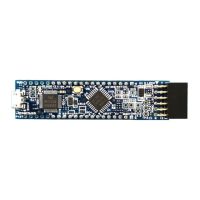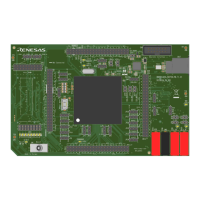Clock-Asynchronous Serial I/O
M30240 Group
Rev.1.00 Sep 24, 2003 Page 205 of 360
Figure 2.57: UARTi related registers (1)
b7
UARTi bit rate generator
b0
Symbol
Address
When reset
U0BRG
03A1
16
Indeterminate
U1BRG
03A9
16
Indeterminate
U2BRG
0379
16
Indeterminate
Function
Assuming that set value = n, BRGi divides the count source by
n + 1
0016 to FF16
Values that can be set
WR
b7 b0
(b15) (b8)
b7 b0
UARTi transmit buffer register
Function
Transmit data
Nothing is assigned.
In an attempt to write to these bits, write “0”. The value, if read, turn out to be indeterminate.
Symbol
Address
When reset
U0TB
03A3
16, 03A216
Indeterminate
U1TB
03AB
16, 03AA16
Indeterminate
U2TB
037B
16, 037A16
Indeterminate
WR
(b15)
Symbol Address When reset
U0RB 03A7
16, 03A616 Indeterminate
U1RB 03AF
16, 03AE16 Indeterminate
U2RB 037F
16, 037E16 Indeterminate
b7 b0
(b8)
b7 b0
UARTi receive buffer register
Function
(During UART mode)
Function
(During clock synchronous
serial I/O mode)
Bit name
Bit
symbol
0 : No framing error
1 : Framing error found
0 : No parity error
1 : Parity error found
0 : No error
1 : Error found
Note : Bits 15 through 12 are set to “0” when the serial I/O mode select bit (bits 2 to 0 at addresses 03A0
16,
03A8
16 and 037816) are set to “0002” or the receive enable bit is set to “0”.
(Bit 15 is set to “0” when bits 14 to 12 all are set to “0”.) Bits 14 and 13 are also set to “0” when the
lower byte of the UARTi receive buffer register (addresses 03A6
16 , 03AE16 and 037E16) is read out.
Invalid
Invalid
Invalid
OER
FER
PER
SUM
Overrun error flag (Note)
Framing error flag
Parity error flag
Error sum flag
0 : No overrun error
1 : Overrun error found
0 : No overrun error
1 : Overrun error found
Nothing is assigned.
These bits cannot be set or reset. When read, the value of these bits is “0”.
WR
Receive data
Receive data
(Note)
(Note)
(Note)
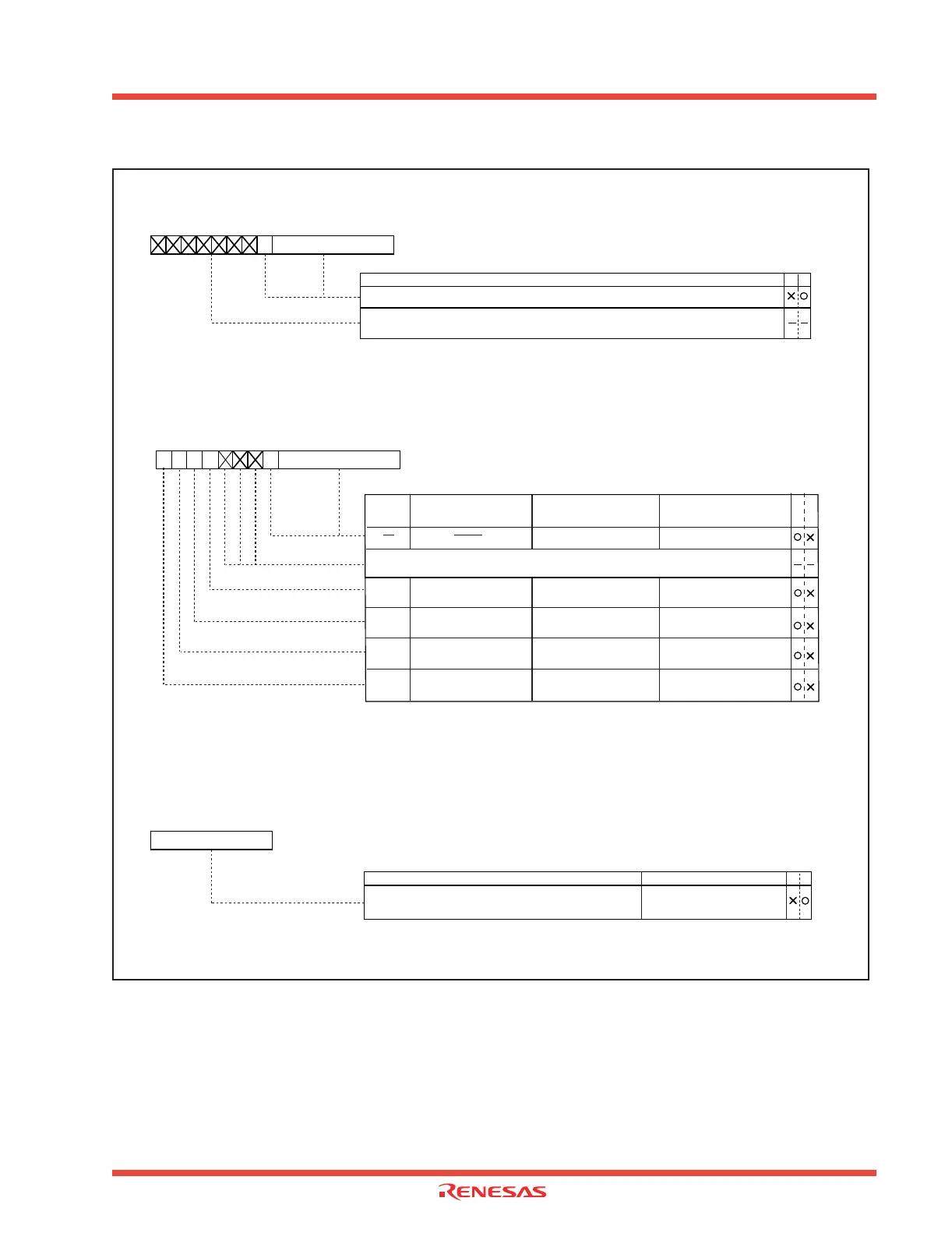